Bhutanese Arts and Crafts:
Bhutanese arts and crafts are an integral part of the country’s cultural identity, deeply rooted in its spiritual heritage and natural surroundings.
1. Introduction to Bhutanese Arts and Crafts:

Bhutan’s arts and crafts are deeply intertwined with its rich cultural heritage, serving as a testament to the country’s vibrant traditions and creative prowess. In this blog, we’ll delve into the diverse world of Bhutanese arts and crafts, highlighting their significance and the artisans who keep these ancient traditions alive.
2. Thangka Painting: Preserving Spiritual Wisdom on Canvas
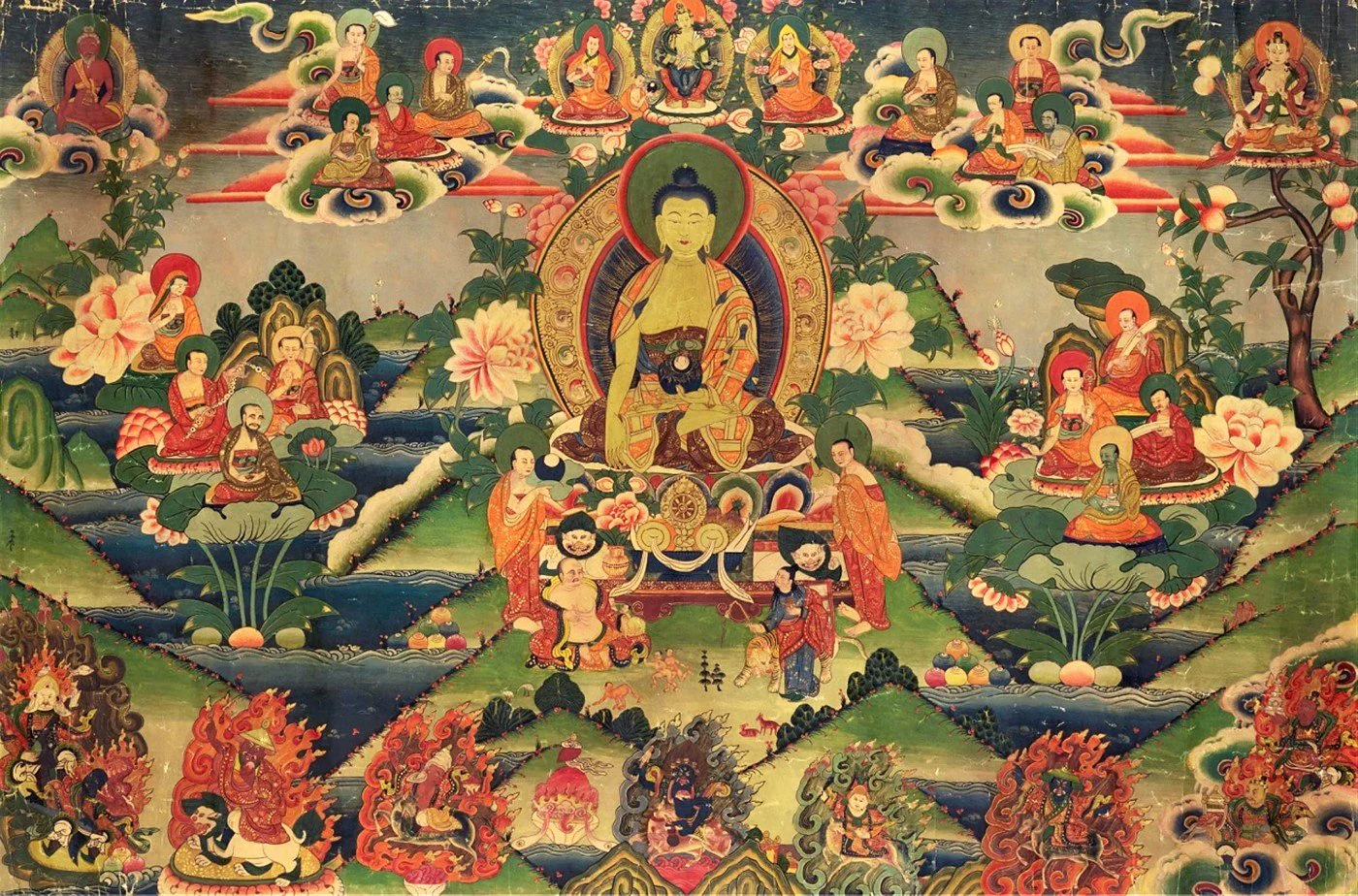
Thangka painting is a revered art form in Bhutan, with its roots tracing back to Tibetan Buddhism. These intricate scroll paintings depict deities, mandalas, and religious symbols, serving as visual aids for meditation and spiritual practice. Explore the meticulous process of creating thangkas, from canvas preparation to the delicate brushwork, and the spiritual significance behind each masterpiece.
3. Zorig Chusum: The Thirteen Traditional Arts and Crafts
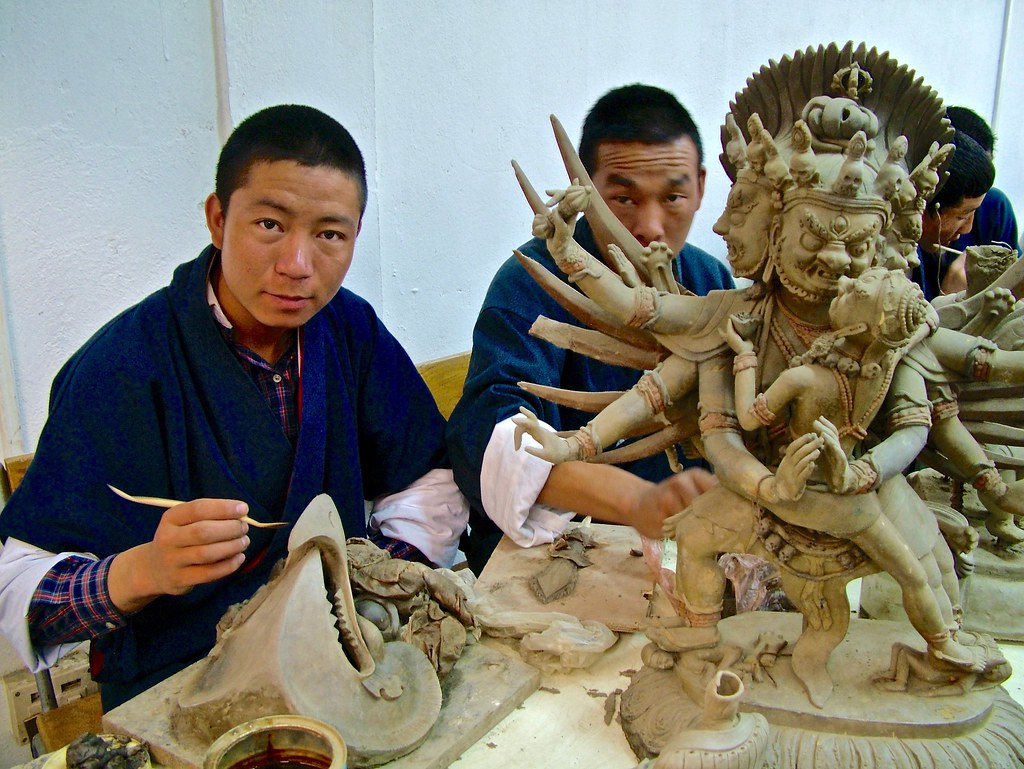
Zorig Chusum, or the Thirteen Traditional Arts and Crafts, form the cornerstone of Bhutan’s artisanal heritage. From wood carving and sculpture to weaving and metalwork, these ancient disciplines are taught and passed down through generations. Discover the mastery behind each craft and the role they play in preserving Bhutanese identity and culture.
4. Bhutanese Textiles: Woven Treasures of the Himalayas
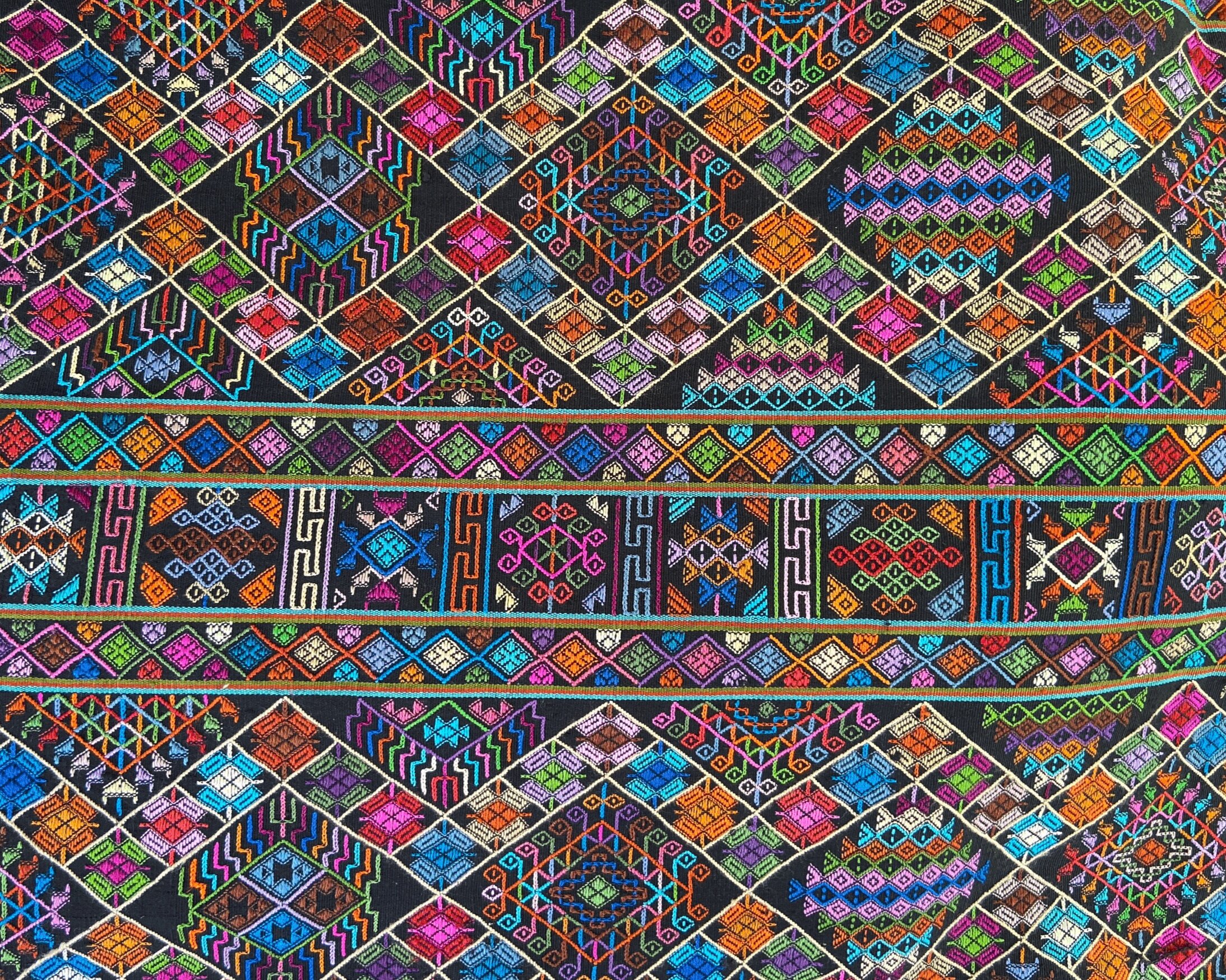
Bhutanese textiles are renowned for their exquisite craftsmanship and intricate designs, reflecting the country’s natural landscapes and spiritual beliefs. Learn about the various weaving techniques, such as warp and weft, and the symbolic motifs found in Bhutanese textiles, from the ubiquitous thunderbolt pattern to the auspicious symbols of the eight lucky signs.
5. Woodwork and Carpentry: Carving Stories in Timber

Woodwork and carpentry hold a special place in Bhutanese culture, with intricately carved designs adorning temples, monasteries, and traditional Bhutanese homes. Explore the techniques behind Bhutanese woodcarving, from intricate latticework to detailed architectural elements, and the spiritual significance of these ornate embellishments.
6. Sculpture and Statue Making: Bringing Deities to Life
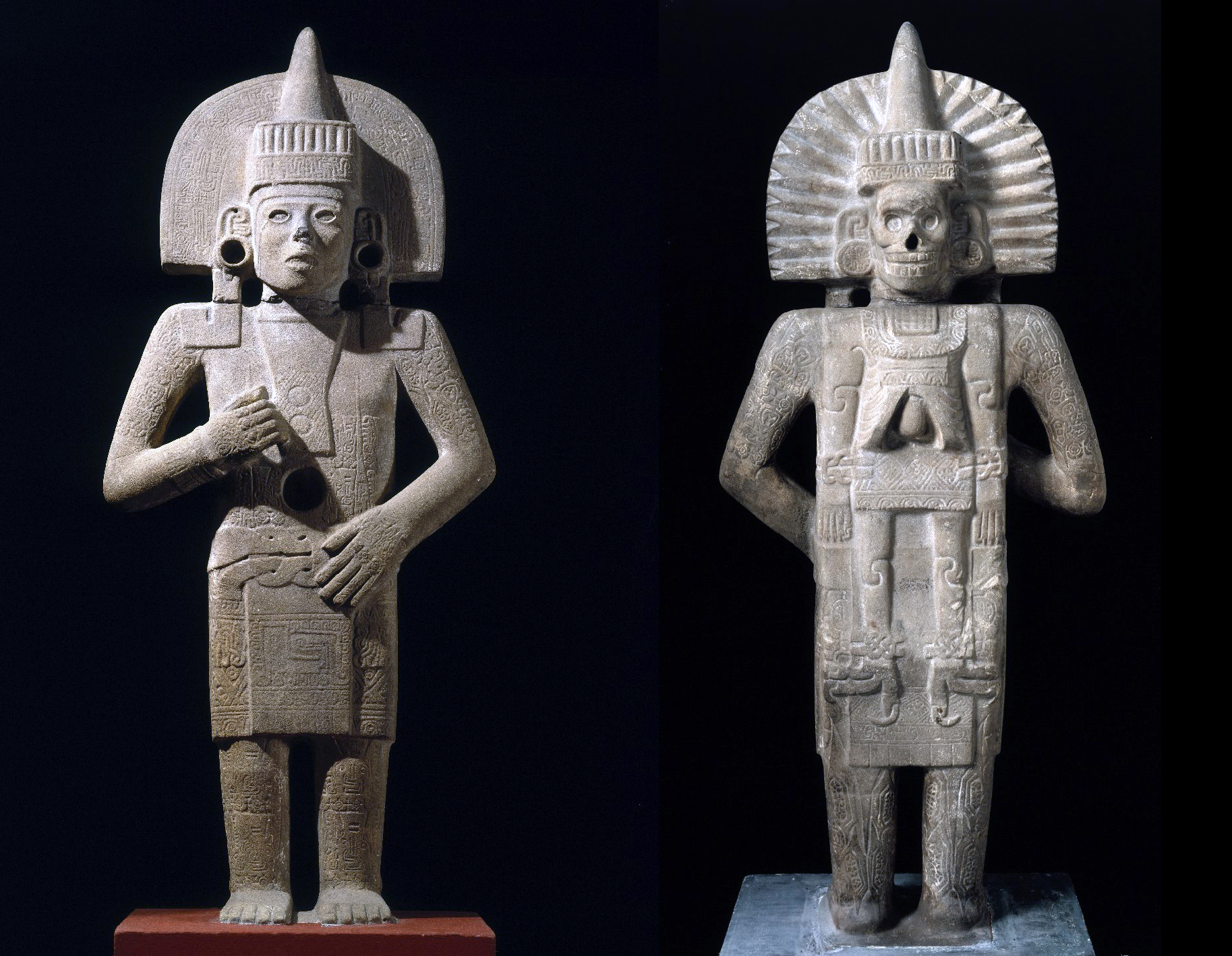
Sculpture and statue making are integral to Bhutanese religious art, with skilled artisans crafting images of Buddhist deities and religious icons with precision and devotion. Discover the symbolism behind each statue and the rituals involved in consecrating these sacred objects, which serve as focal points for devotion and prayer.
7. Papermaking: A Time-Honored Tradition
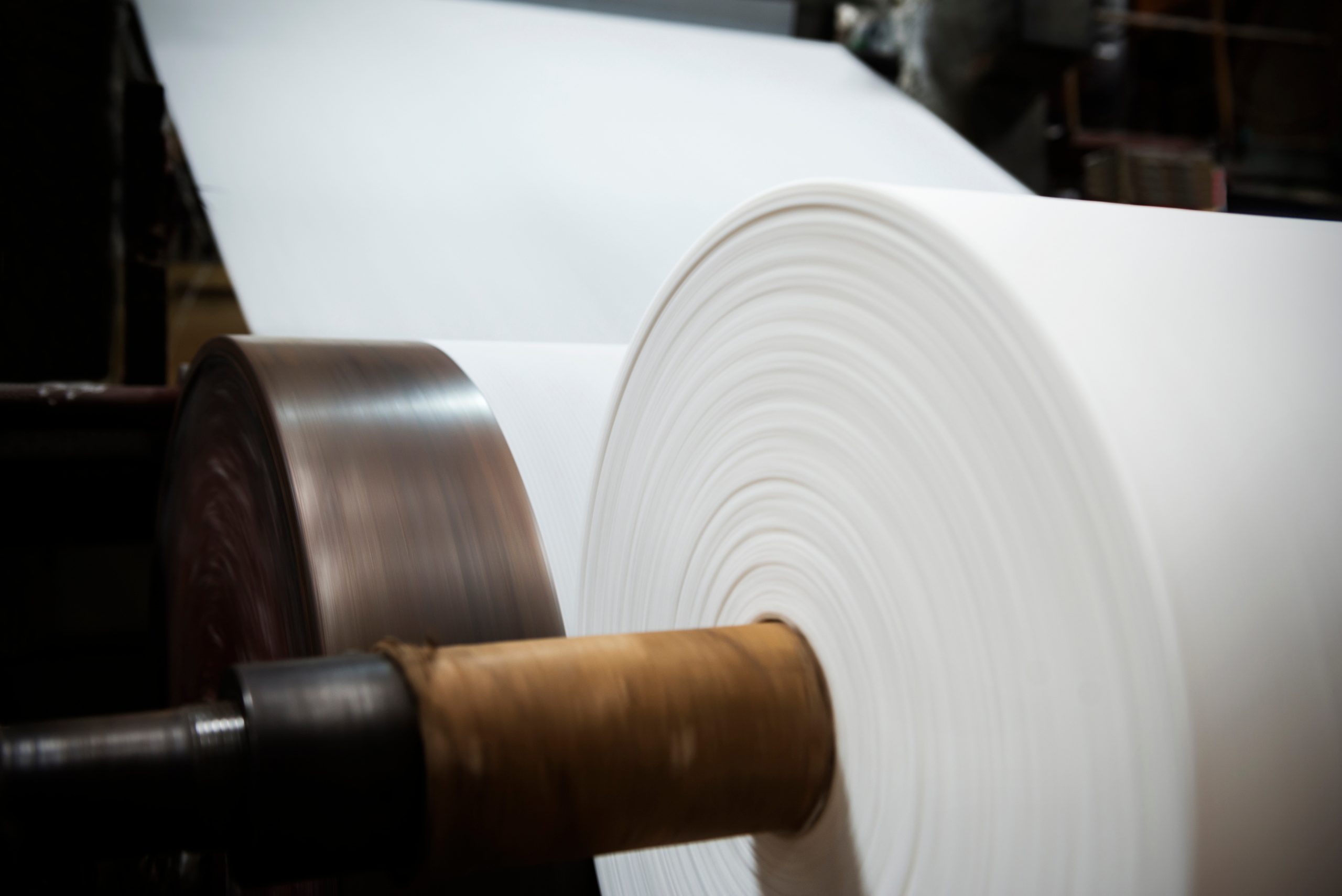
Bhutanese papermaking is a centuries-old craft that continues to thrive in the digital age. Explore the traditional methods of handcrafting daphne paper from the bark of the daphne plant, used for religious texts, prayer flags, and exquisite artworks. Learn about the environmental significance of this sustainable practice and its role in preserving Bhutan’s cultural heritage.
8. Pottery and Ceramics: Shaping Earth into Art
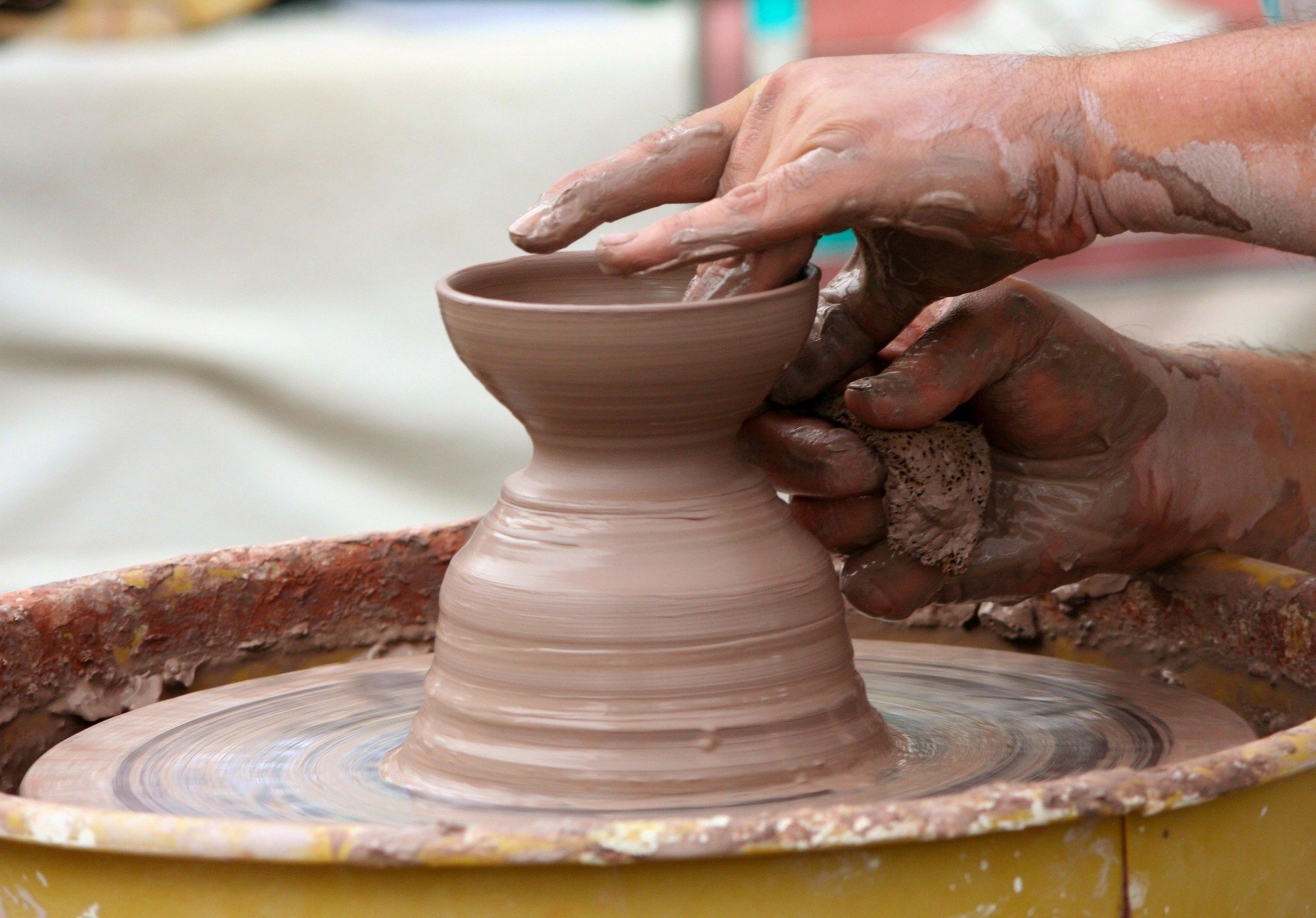
Pottery and ceramics have been part of Bhutanese culture for centuries, with artisans creating functional vessels and decorative pieces using traditional techniques. Dive into the world of Bhutanese pottery, from the spinning wheel to the firing kiln, and the symbolism behind each form and design.
9. Contemporary Art Scene: Innovations in Tradition

While traditional arts and crafts form the backbone of Bhutanese creativity, the country’s contemporary art scene is also flourishing, with artists blending traditional techniques with modern influences. Explore the works of Bhutanese contemporary artists and their efforts to reinterpret ancient traditions for a global audience.
10. Supporting Bhutanese Artisans: Promoting Cultural Sustainability
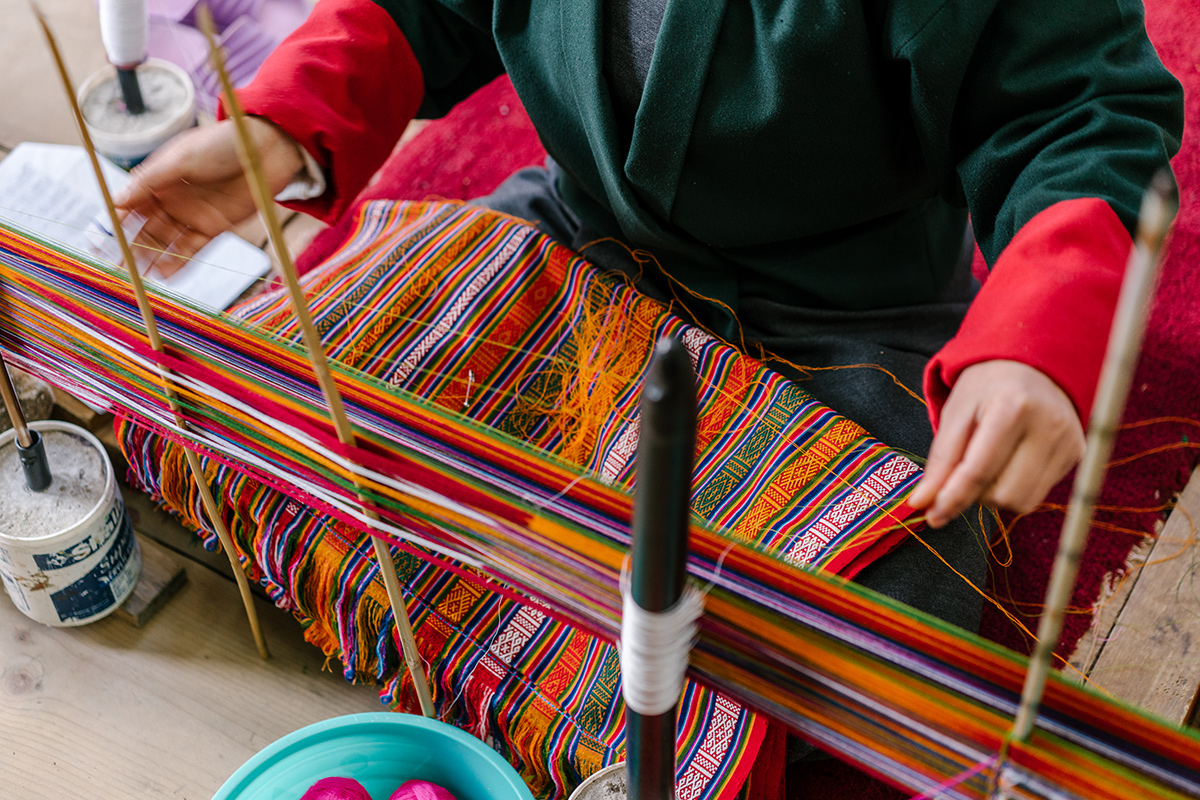
Conclude by highlighting the importance of supporting Bhutanese artisans and preserving their invaluable skills for future generations. Encourage travelers to seek out authentic Bhutanese arts and crafts during their visit, whether through purchasing souvenirs or participating in hands-on workshops, ensuring the continuation of Bhutan’s living heritage.

